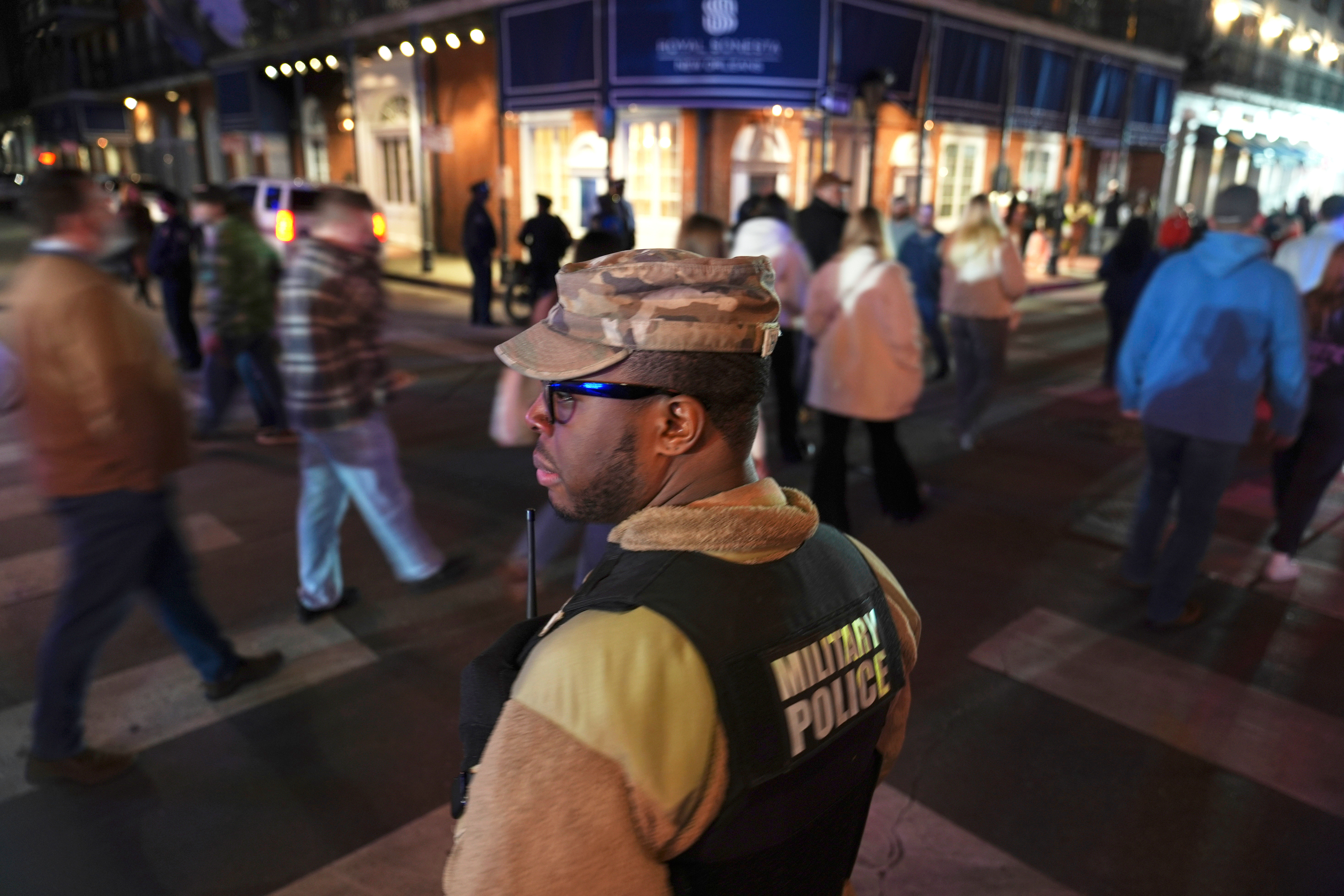North Korea says it recently developed and successfully tested a hydrogen bomb, a weapon that can produce thousands of times more explosive force than an atomic bomb.
Atomic bombs use fission, or the splitting of atoms, to produce an explosion. A hydrogen bomb uses fusion, or the mashing together of atoms.
H-bombs — which are also called thermonuclear weapons — detonate in two stages, the first of which is actually a standard nuclear "fission" explosion.
The two atomic bombs the U.S. dropped on Japan during WWII detonated with the equivalent to 15 and 20 kilotons of TNT. The U.S. detonated its first hydrogen bomb in 1952; that explosion was equivalent to 10,000 kilotons of TNT.
U.S. seismic readings following North Korea's supposed detonation showed a 6.3 magnitude tremor in the country's northern region. South Korea's defense ministry estimated it at 5.7.
Either way, the explosion was several times more powerful than North Korea's last nuclear test.
Hydrogen bombs are both expensive and complicated to develop. Five countries are known to have them: the U.S., Russia, China, the U.K. and France.
Other countries like Israel, India and Pakistan likely have atomic weapons, but not thermonuclear ones.
But North Korea has made announcements like this before: The country claimed to have detonated its first hydrogen bomb back in January 2016. But experts were skeptical, saying that bomb was likely a nuclear fission weapon boosted with a radioactive isotope of hydrogen called tritium.
This most recent detonation is North Korea's sixth nuclear test.




 Trump's Afghanistan Strategy Relies On India And Pakistan
Trump's Afghanistan Strategy Relies On India And Pakistan






